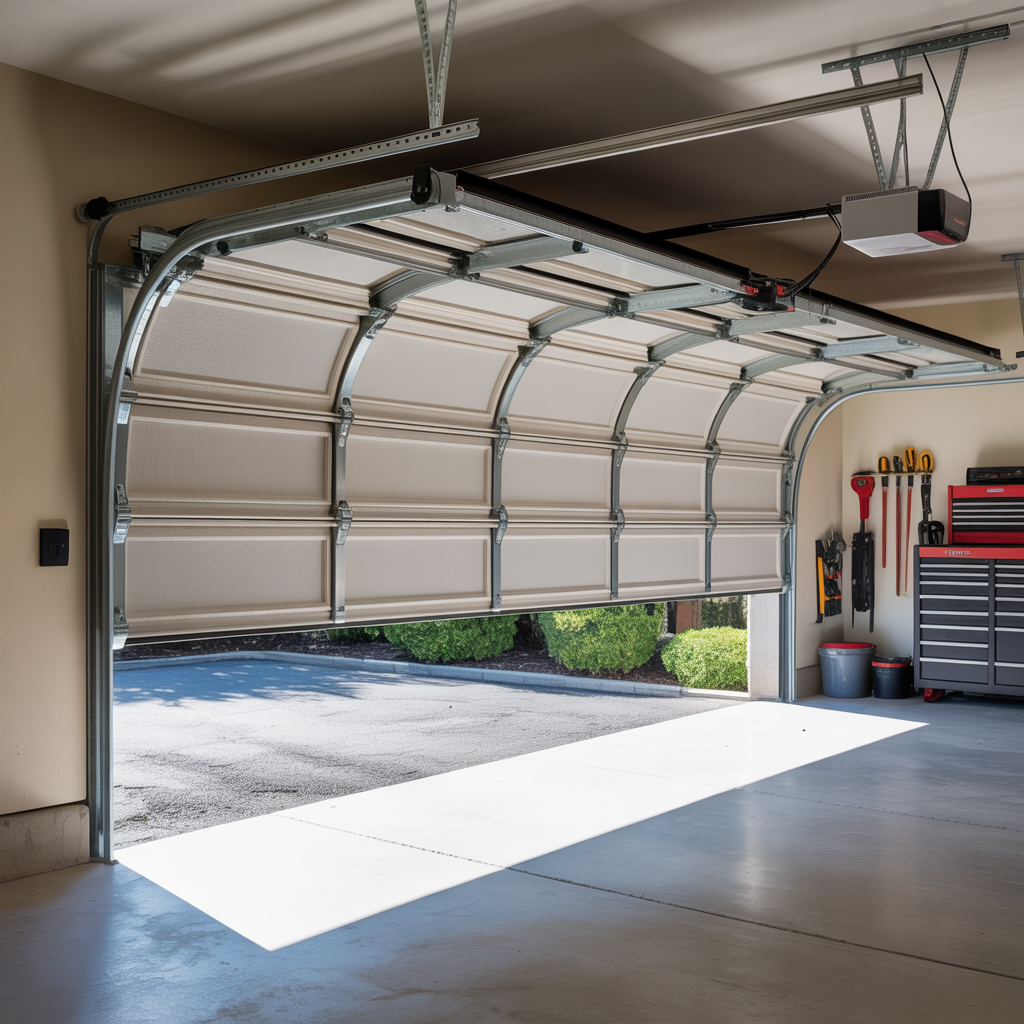
A garage door that refuses to close can be quite frustrating, especially when you’re in a hurry or facing bad weather. While it might seem like a big problem, many issues are simple to diagnose and fix with a little know-how. Understanding the common reasons behind this malfunction can save you time and money, preventing unnecessary service calls. In this article, we’ll explore eight typical causes that prevent your garage door from closing and provide practical tips on how to fix each one.
Whether it’s a sensor misalignment, an issue with the remote, or a mechanical glitch, you’ll find straightforward solutions to get your garage door functioning smoothly again. Keep reading to discover the common culprits and learn how to troubleshoot them effectively.
Common Mechanical Issues That Prevent Your Garage Door from Closing
One of the most frequent mechanical issues is a misaligned or obstructed sensor. Modern garage doors rely on safety sensors located near the ground to detect objects in the path of the door. If these sensors are dirty, misaligned, or blocked by debris, the door’s safety system will prevent it from closing completely. Cleaning the sensors and ensuring they face each other directly usually resolves this problem.
Another common mechanical problem involves the springs and tracks. Over time, torsion or extension springs can lose tension or break entirely, making it difficult for the door to close properly. Similarly, bent or damaged tracks can hinder movement, causing the door to stop before closing. Regular maintenance, such as lubricating moving parts and inspecting for damage, can prevent these issues from escalating. Replacing broken springs or realigning tracks is best handled by professionals to ensure safety and proper operation.
Easy Troubleshooting Tips to Get Your Garage Door Closing Properly
A quick and easy fix involves checking the remote control and wall switch. Sometimes, the problem isn’t mechanical but electrical — dead batteries, a faulty remote, or a malfunctioning wall button can be the culprits. Replace batteries and test the remote at close range. If the remote still doesn’t work, reprogramming or replacing it might be necessary.
Additionally, inspecting the safety sensors is crucial. Ensure they are clean, aligned, and unobstructed. Use a cloth to wipe the sensor lenses and make sure nothing is blocking their line of sight. If the sensors are misaligned, gently adjust their position until the LED indicator lights up steadily. These simple checks often fix the issue, allowing your garage door to close smoothly again.
A garage door that won’t close can seem intimidating, but many of the common causes are easy to identify and fix with a bit of troubleshooting. From sensor misalignments to mechanical wear and electrical glitches, understanding these issues helps you maintain your garage door’s safety and functionality. Regular inspections and maintenance can prevent most problems, saving you time and money in the long run. When in doubt, don’t hesitate to call a professional for repairs involving springs, tracks, or electrical components to ensure everything remains safe and in good working order.
Keeping your garage door in top shape means it will serve you reliably, providing convenience and security day after day.
📞 Call Sam’s Garage Door today at 714.331.7893 to schedule your consultation and experience the difference a new garage door can make.

